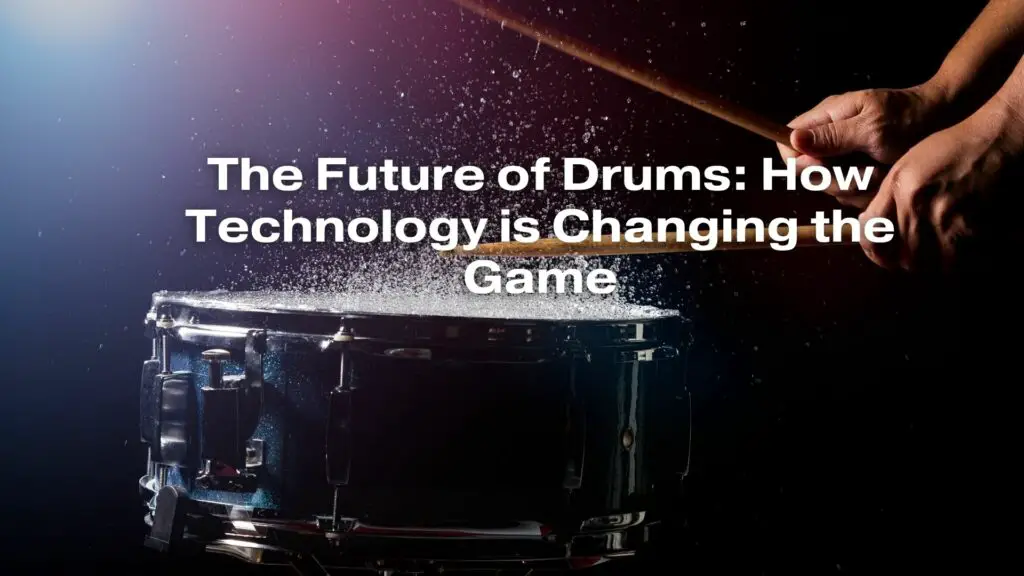Drums, the heartbeat of music, are experiencing a remarkable transformation driven by advancements in technology. From electronic drum kits to innovative software, the future of drums promises a world of possibilities that will redefine the way we approach and create rhythm. In this article, we’ll explore how technology is changing the game for drummers and the exciting developments that lie ahead.
1. Electronic Drum Kits:
Electronic drum kits have come a long way since their inception. These kits offer a myriad of sounds and customization options. With the ability to trigger a vast range of sounds, from traditional drum kits to electronic and synthesized tones, drummers can explore new sonic landscapes. They are also quieter, making them ideal for home practice and noise-sensitive environments.
2. Drum Triggers and Sampling:
Drum triggers and sampling technology allow drummers to expand their sonic palette. By attaching triggers to their acoustic drums, drummers can trigger electronic sounds or manipulate existing acoustic sounds in real-time. This opens the door to hybrid drum setups that combine the best of both acoustic and electronic worlds.
3. Drum Software and VSTs:
Virtual Studio Technology (VST) plugins and drum software have revolutionized the recording and creative process for drummers. These software tools provide access to an extensive library of sounds, effects, and virtual drum kits. Drummers can fine-tune their recordings, experiment with different drum kits, and even collaborate remotely with other musicians.
4. Artificial Intelligence (AI) and Drumming:
AI technology is making its way into the drumming world. AI algorithms can analyze a drummer’s playing style and offer real-time feedback, helping drummers improve their skills and refine their technique. AI may also play a role in the development of responsive, adaptive drumming interfaces.
5. Drumming Education and Online Platforms:
Technology has made high-quality drumming education more accessible than ever. Online platforms, video tutorials, and interactive apps provide drummers with a wealth of resources for learning and honing their skills. Drummers can connect with teachers and other students from around the world, enhancing their learning experience.
6. Drumming in Virtual Reality (VR) and Augmented Reality (AR):
The immersive experiences offered by VR and AR technologies are beginning to influence drumming. Drummers can practice and perform in virtual environments, explore interactive drumming games, or collaborate with musicians worldwide as if they were in the same room.
7. Drumming in the Music Production Process:
Drummers are increasingly involved in music production. Technology allows drummers to record their parts remotely, collaborate with artists worldwide, and provide creative input into the overall music production process. This collaborative approach is shaping the future of drumming in the digital age.
8. IoT and Drum Kit Customization:
The Internet of Things (IoT) is enabling drummers to customize their drum kits in innovative ways. Smart drum kits with IoT integration can offer real-time monitoring of performance, drumhead tension, and other parameters, allowing for precise adjustments and enhanced playability.
9. Environmental Sustainability:
Technology is also playing a role in developing more sustainable drumming practices. E-drums, for example, consume less energy and reduce the need for wooden drum shells. This contributes to a more environmentally friendly approach to drumming.
In conclusion, the future of drums is a fusion of tradition and innovation. Technology is expanding the creative possibilities for drummers, allowing them to explore new sonic horizons, share their talent with a global audience, and engage in a dynamic learning and teaching environment. As technology continues to evolve, the drumming world is set to embark on an exciting journey into uncharted rhythmic territory.

